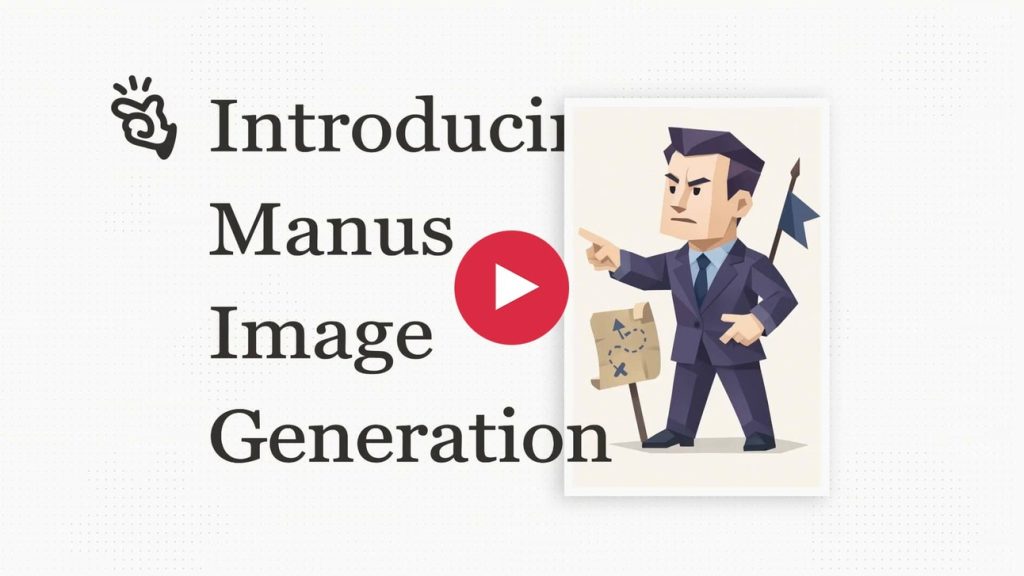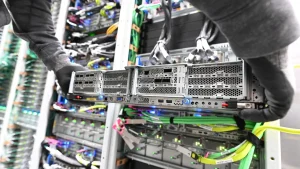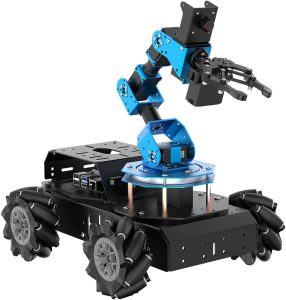Meta Faces Challenges; OpenAI Hints at New Developments

Amidst the dynamic world of artificial intelligence, Meta experiences some turbulence as they delay their flagship AI model, ‘Behemoth’. Executives face frustration with slow progress. Meanwhile, OpenAI stirs excitement with hints of an innovative AI tool made for developers.
The landscape of AI continues to evolve rapidly. Meta’s challenges remind us of the hurdles that accompany technological advancement. OpenAI’s cryptic teaser has captured attention across the tech community, promising to introduce something that could redefine the field. As these tech giants navigate these waters, the world watches closely.
Meta’s Current Struggles
Meta, once a dominant force in the tech industry, is now grappling with its planned AI model ‘Behemoth’. Originally set for an earlier release, the project has stalled as engineers attempt to enhance its capabilities. This delay has led to significant tension among senior management, who are considering substantial changes to address the issues.
The concerns surrounding ‘Behemoth’ stem largely from its inability to outperform previous models. Meta’s leadership is under pressure to demonstrate tangible advancements, particularly in a climate where AI is progressing at breakneck speed. The internal discord highlights the challenges of staying at the forefront in such a competitive field.
Rise of Manus AI
In contrast to Meta’s struggles, Manus AI is making waves with its new image generation tool. This software goes beyond basic text-to-image functions. It comprehends user intentions, plans tasks, and integrates multiple technologies to offer ready-to-use visuals.
Manus AI’s tool is being heralded as a game-changer for marketers and designers alike. By pulling resources from across the web, the software provides comprehensive visual content swiftly, showcasing the innovative steps smaller companies are taking in the AI space.
OpenAI’s Mysterious Announcement
OpenAI, known for its groundbreaking work, has teased an upcoming release that has the tech world buzzing. CEO Sam Altman has hinted that this new tool will feature a developer-friendly design, enhancing the toolkit for AI applications.
The anticipation surrounding this announcement is palpable. OpenAI’s past successes, like ChatGPT, have set high expectations for this new addition, which is expected to impact how developers interact with AI.
The strategic move to tease a ‘low-key research preview’ signifies a tactical play by OpenAI to generate interest while managing expectations about the scope and impact of what’s to come.
UAE’s Ambitious AI Plans
The UAE is making headlines with its plan to build the largest AI campus outside the United States. This strategic move aligns with their vision to bolster AI capabilities and foster innovation.
This project promises significant economic and technological benefits. Equipped with millions of high-performance Nvidia chips, the facility will serve as a hub for cutting-edge research and development.
By establishing this center, the UAE aims to position itself as a leader in AI technology, attracting global talent and investment to the region.
Innovations in AI Technology
In recent developments, startups are pushing the boundaries of AI. Windsurf has introduced an AI model targeting software engineering processes, demonstrating comparable performance to leading models like GPT-4.1.
This wave of innovation highlights the rapid evolution in AI capabilities, with new tools offering specialized solutions that address industry-specific needs.
The AI space is ripe with potential, and new entrants are not only contributing to its growth but also challenging established players to innovate continuously.
Securing AI and Addressing Glitches
Security and reliability remain paramount in AI development. xAI’s recent glitch with its Grok model illustrates the need for robust safety protocols.
Addressing unauthorized modifications is crucial to maintaining trust in AI systems, prompting companies to implement stricter measures and regular audits.
These incidents serve as a reminder of the vigilance required in AI’s deployment, ensuring that advancements are not marred by preventable errors.
Investment in AI Startups
Venture capital continues to flow into AI startups, with companies like Hedra securing significant funding to enhance their offerings.
The focus is on creating expressive and engaging content, as evidenced by Hedra’s development of talking video avatars.
Such investments underscore the growing confidence in AI’s potential to transform communication, education, and entertainment sectors.
The Role of AI in Education
AI’s influence in education is growing, as seen in a Texas school utilizing AI for teaching. This approach reportedly leads to top-percentile student performance.
The integration of AI in classrooms presents opportunities to personalize learning experiences, tailoring education to individual student needs.
As AI tools become more sophisticated, their application in educational settings is expanding, offering new methods to engage and educate students effectively.
Community Engagement with AI
Social media platforms are abuzz with discussions on AI’s role in society. User interactions have revealed a blend of curiosity and caution about AI’s future.
Communities are exploring innovative ways to leverage AI, from mental health applications to creative collaborations.
These conversations highlight the diverse impacts of AI and the ongoing dialogue about its ethical considerations and potential benefits.
Meta’s hurdles and OpenAI’s promise serve as a microcosm of the AI industry’s challenges and opportunities. This evolving landscape invites innovation and inspires progress. As technology continues to advance, the potential for transformative breakthroughs remains immense.





